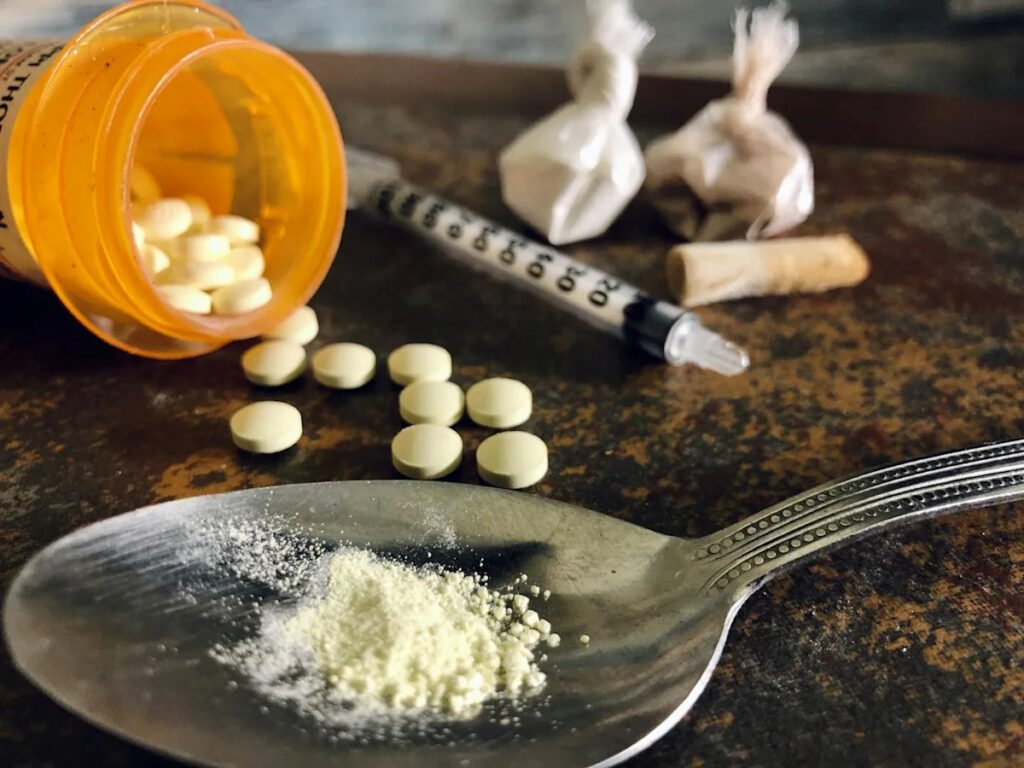Speedballing – the practice of combining a stimulant like cocaine or methamphetamine with an opioid such as heroin or fentanyl – has evolved from a niche subculture to a widespread public health crisis. The practice stems from the early 1900s when World War I soldiers were often treated with a combination of cocaine and morphine.
Once associated with high-profile figures like John Belushi, River Phoenix and Chris Farley , this dangerous polysubstance use has become a leading cause of overdose deaths across the United States since the early- to mid-2010s.
I am an assistant professor of public health who has written extensively on methamphetamine and opioid use and the dangerous combination of the two in the United States.
As these dangerous combinations of drugs increasingly flood the market, I see an urgent need and opportunity for a new approach to prevention and treatment.
Why speedballing?
Dating back to the 1970s, the term speedballing originally referred to the combination of heroin and cocaine. Combining stimulants and opioids – the former’s “rush” with the latter’s calming effect – creates a dangerous physiological conflict.
According to the National Institute on Drug Abuse, stimulant-involved overdose fatalities increased markedly from more than 12,000 annually in 2015 to greater than 57,000 in 2022, a 375% increase. Notably, approximately 70% of stimulant-related overdose deaths in 2022 also involved fentanyl or other synthetic opioids, reflecting the rising prevalence of polysubstance involvement in overdose mortality.
Users sought to experience the euphoric “rush” from the stimulant and the calming effects of the opioid. However, with the proliferation of fentanyl – which is far more potent than heroin – this combination has become increasingly lethal. Fentanyl is often mixed with cocaine or methamphetamine, sometimes without the user’s knowledge, leading to unintentional overdoses.
The rise in speedballing is part of a broader trend of polysubstance use in the U.S. Since 2010, overdoses involving both stimulants and fentanyl have increased 50-fold, now accounting for approximately 35,000 deaths annually.
This has been called the fourth wave of the opioid epidemic. The toxic and contaminated drug supply has exacerbated this crisis.

A dangerous combination of physiological effects
Stimulants like cocaine increase heart rate and blood pressure, while opioids suppress respiratory function. This combination can lead to respiratory failure, cardiovascular collapse and death. People who use both substances are more than twice as likely to experience a fatal overdose compared with those using opioids alone.
The conflicting effects of stimulants and opioids can also exacerbate mental health issues. Users may experience heightened anxiety, depression and paranoia. The combination can also impair cognitive functions, leading to confusion and poor decision-making.
Speedballing can also lead to severe cardiovascular problems, including hypertension, heart attack and stroke. The strain on the heart and blood vessels from the stimulant, combined with the depressant effects of the opioid, increases the risk of these life-threatening conditions.
Addressing the crisis
Increasing awareness about the dangers of speedballing is crucial. I believe that educational campaigns can inform the public about the risks of combining stimulants and opioids and the potential for unintentional fentanyl exposure.
There is a great need for better access to treatment for people with stimulant use disorder – a condition defined as the continued use of amphetamine-type substances, cocaine or other stimulants leading to clinically significant impairment or distress, from mild to severe. Treatments for this and other substance use disorders are underfunded and less accessible than those for opioid use disorder. Addressing this gap can help reduce the prevalence of speedballing.
Implementing harm reduction strategies by public health officials, community organizations and health care providers, such as providing fentanyl test strips and naloxone – a medication that reverses opioid overdoses – can save lives.
These measures allow individuals to test their drugs for the presence of fentanyl and have immediate access to overdose-reversing medication. Implementing these strategies widely is crucial to reducing overdose deaths and improving community health outcomes.
This article is republished from The Conversation, a nonprofit, independent news organization bringing you facts and trustworthy analysis to help you make sense of our complex world. It was written by: Andrew Yockey, University of Mississippi
Read more:
Andrew Yockey does not work for, consult, own shares in or receive funding from any company or organization that would benefit from this article, and has disclosed no relevant affiliations beyond their academic appointment.


